Actionable Impact Management (AIM) is designed to assist in defining an internal organizational framework. This is executed by establishing an enduring impact measurement process which is primarily data and outcome oriented. AIM’s objective is to outline a roadmap for your organization to follow in the hopes to reaching a point where you are able to more accurately and effectively communicate your impact to multiple stakeholders. Impact Management refers to an organization’s ability to define an impact framework that is practical and enduring and translate insights through effective communication on impact via your website, reports, content generation, etc.
A guide to AIM has been composed by SOPACT and Asia Pacific Social Impact Centre to explain four major parts (steps) of impact measurement and management:
-
Groundwork – vision, mission & goals, programme structure, theory of change, managing change
-
Metrics – measure what matters, standard metrics alighments, metric data pipeline + tools
-
Data – data capacity, data tools, data strategy
-
Communication – evaluation, storytelling approach, quality principles, what to include in an impact report, reaching audience
This guide is designed for functionality and accessibility of content, complete with instruction and activities to work through the process. The thoughtful introspection required by ‘Volume One: Groundwork’ makes it the most time intensive of the AIM series. Groundwork lays the infrastructure for all subsequent impact measurement practices.
Actionable Impact Management is not intended for grant management or the monitoring of activities. This guide is not a deep-dive into the theoretical considerations of the processes but will reference additional resources for those that want to gain more substantial insights into any of the topic areas. Each organization is unique in its own entity, therefore AIM is not intended to serve as a one-size-fits-all practice.
The source: https://www.sopact.com/social-impact-measurement-framework
This publication has been prepared within SENBS project No. 2020-1-EE01-KA204-077999. The content of this publication is the sole responsibility of the project coordinator and may not always reflect the views of the European Commission or the National Agency.
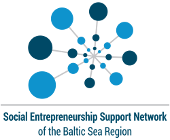
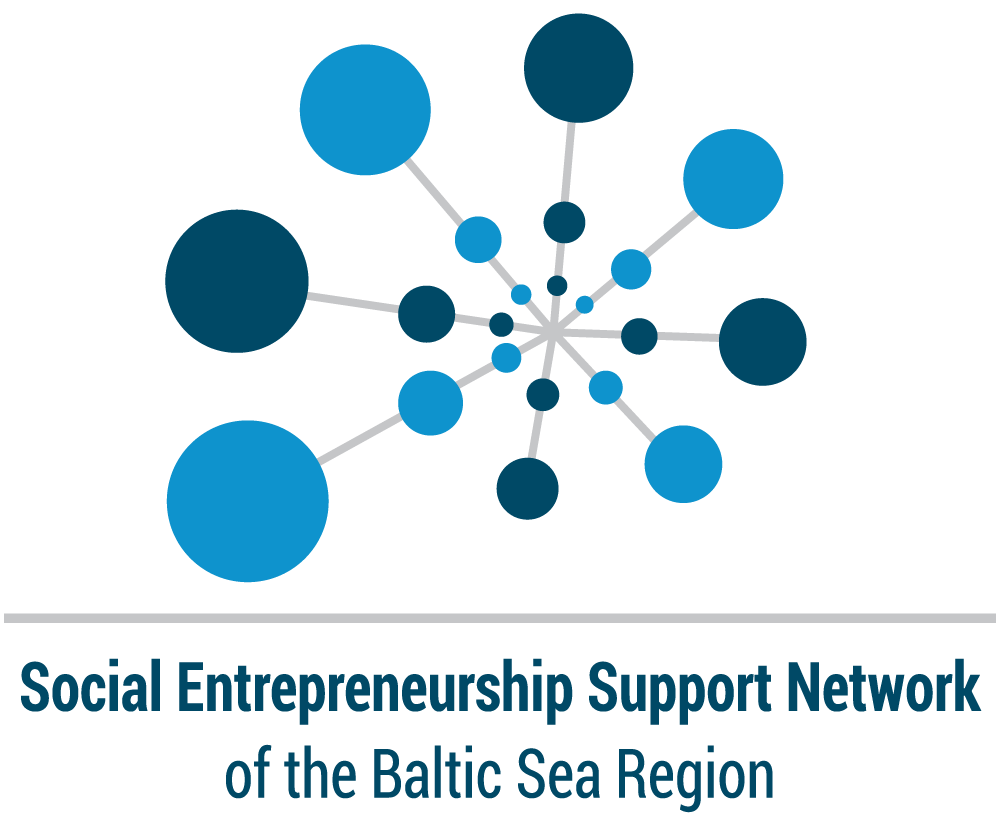

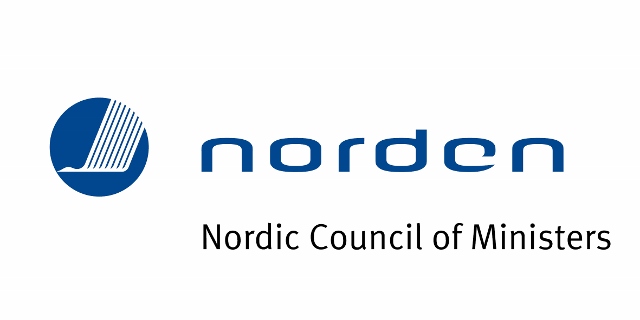





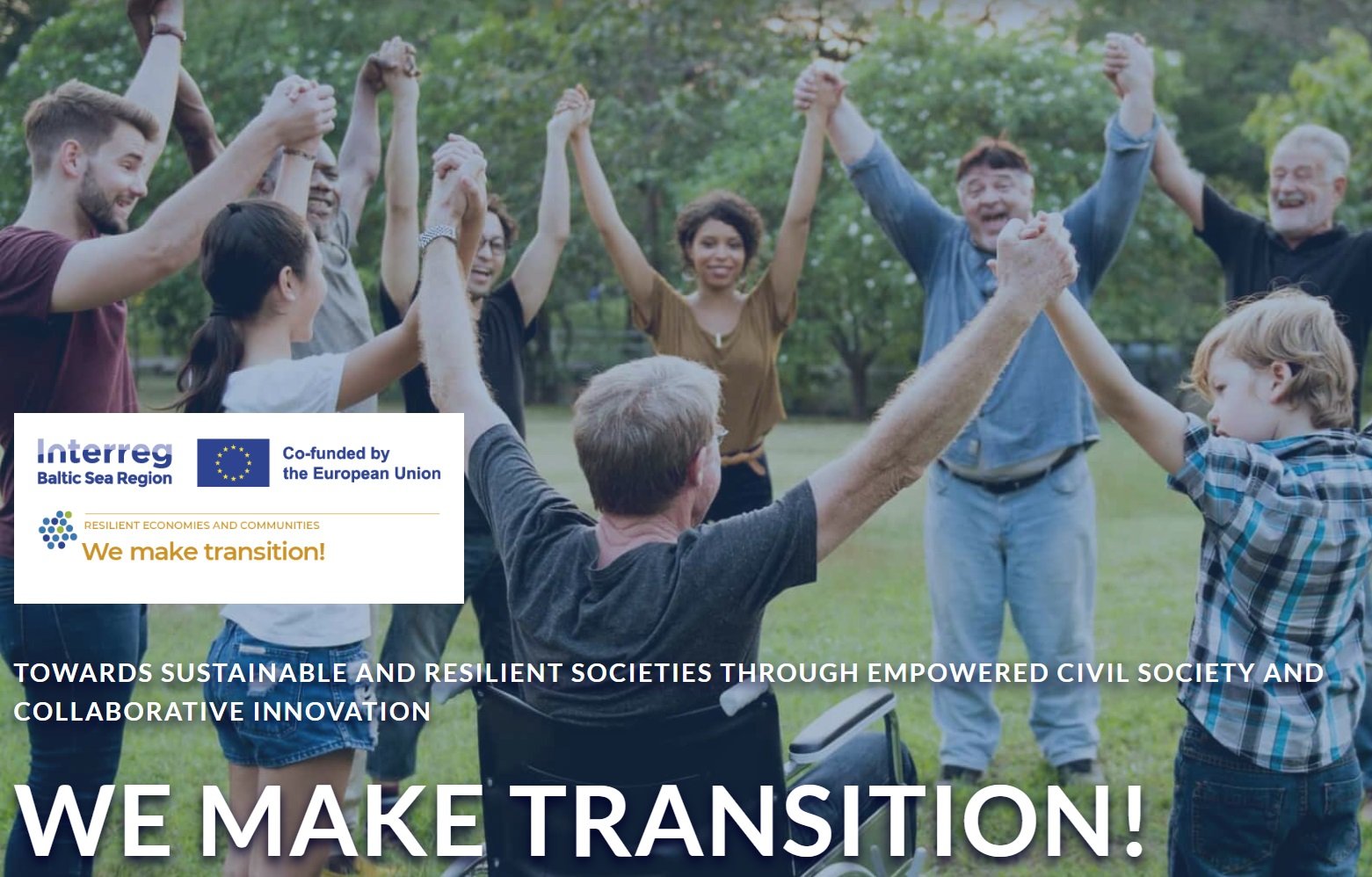
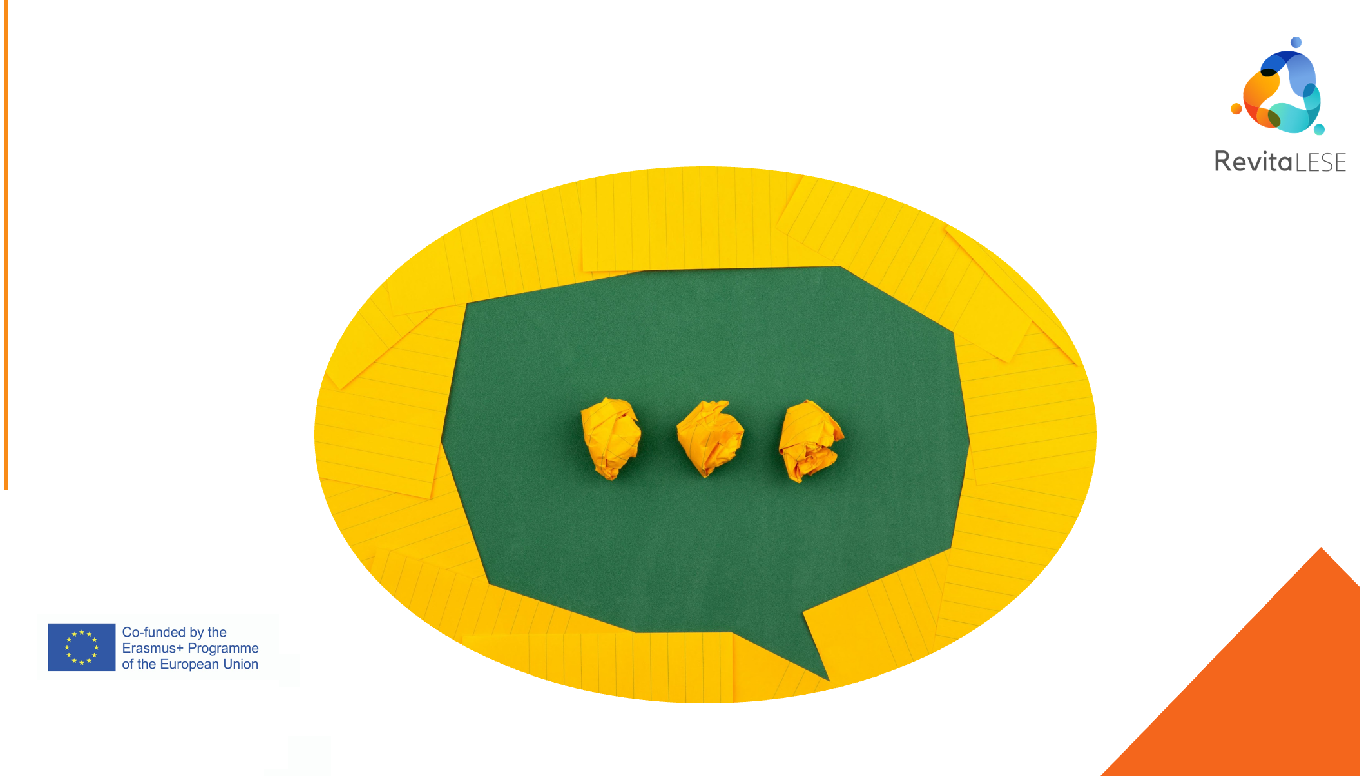


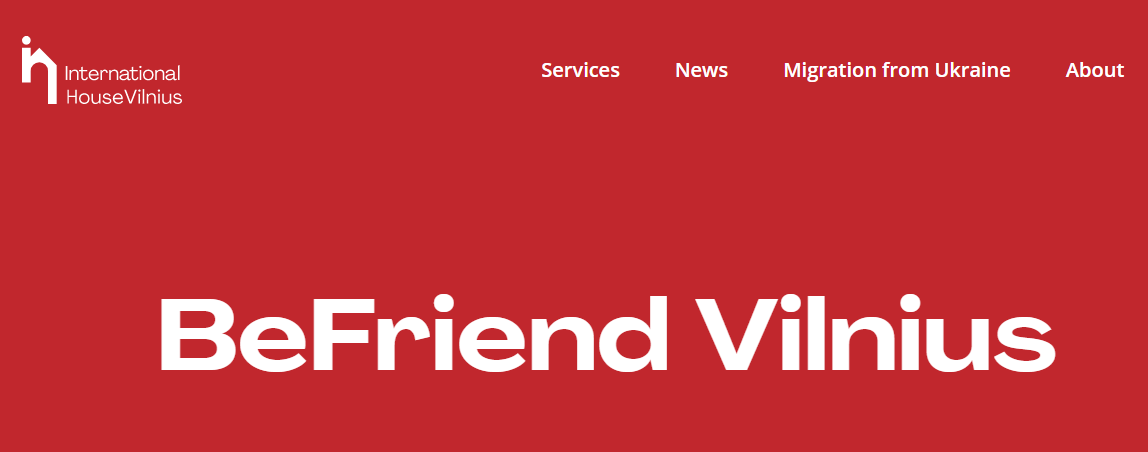
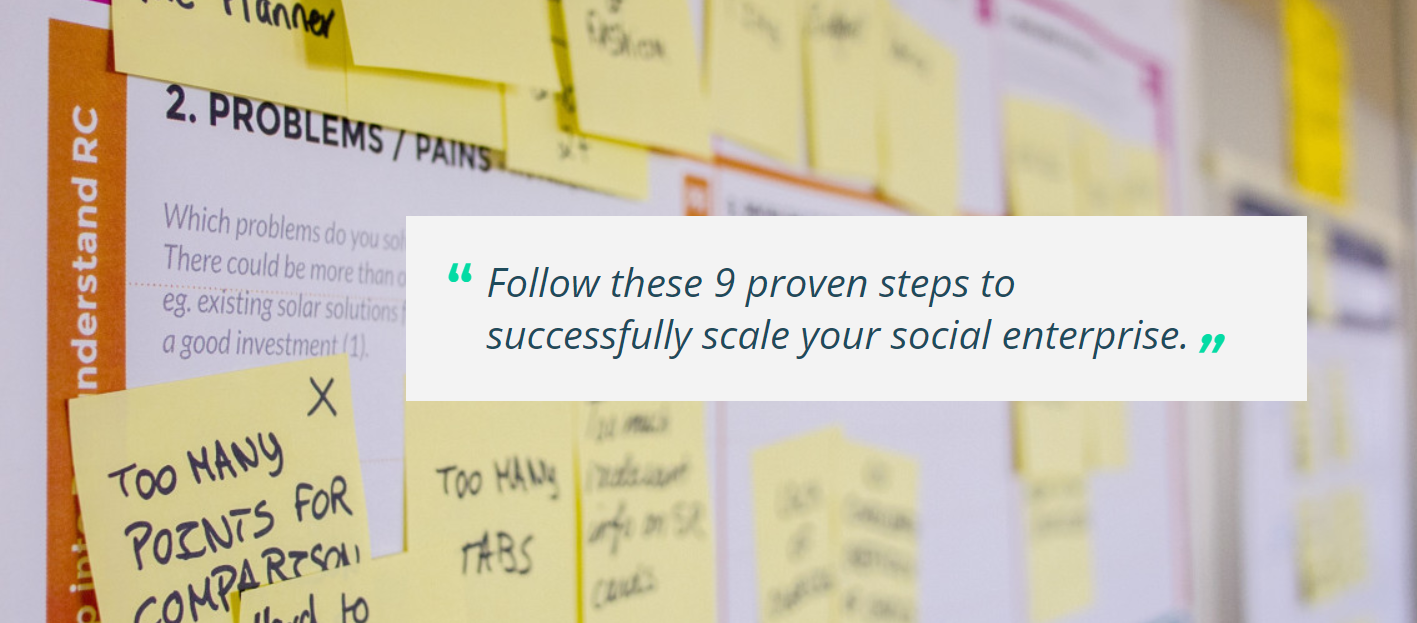

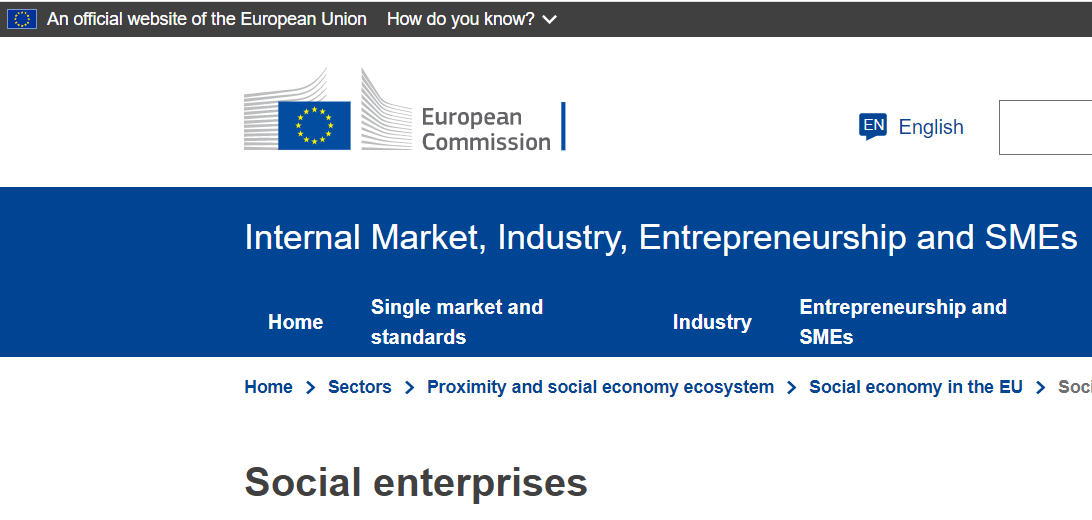
We are a gaggle of volunteers and starting a new scheme in our community. Your web site provided us with helpful information to work on. You have performed an impressive task and our whole community can be grateful to you.